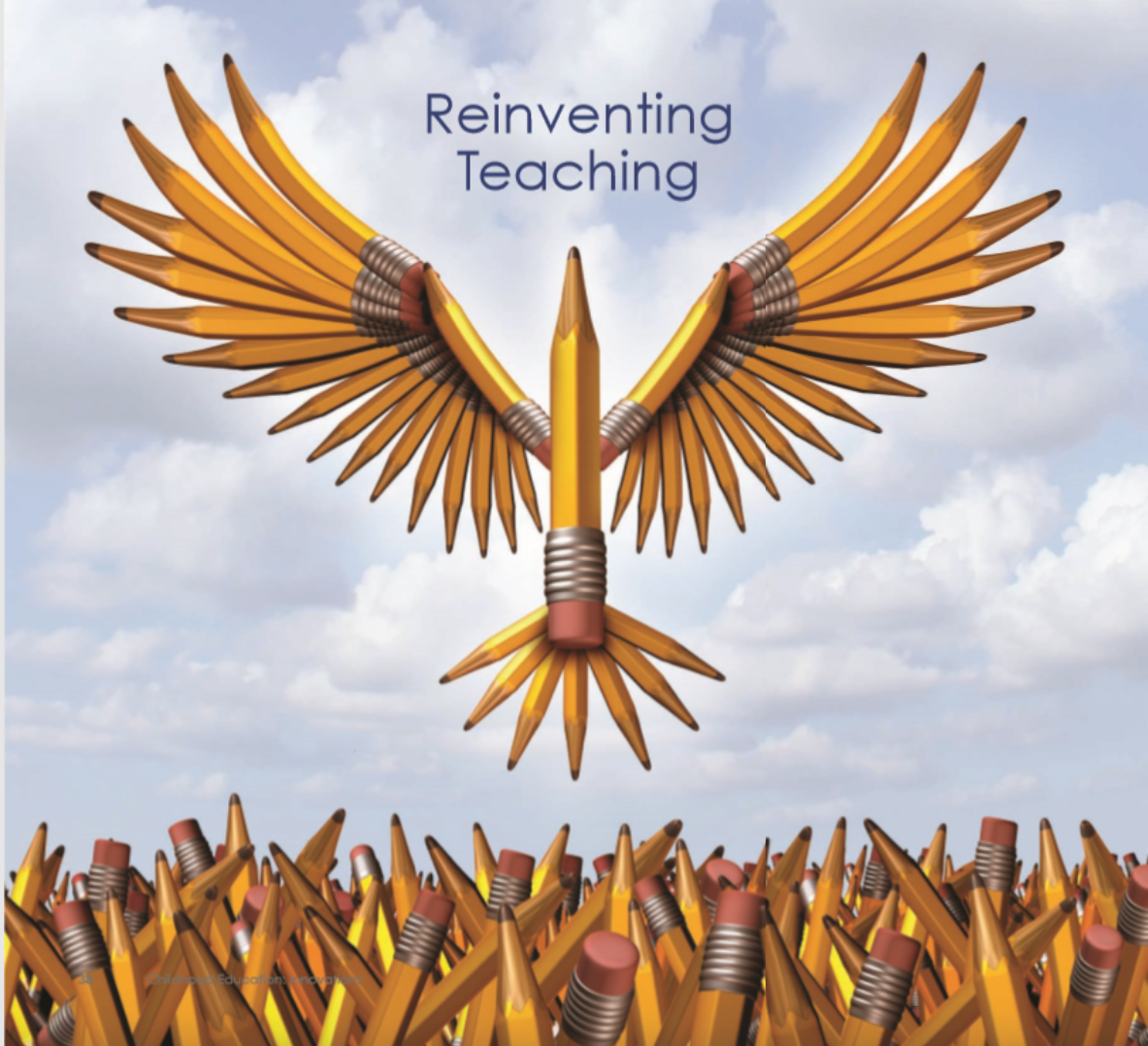
Educators around the world are recognizing that traditional ways of teaching are not meeting the needs of students in our rapidly changing world. How can we truly transform teaching to foster the skills and capacities our youth will need in the future? This article shares the steps being taken at Korda Institute for Teaching (formerly Wildfire Education) to address this challenge.
Researchers at University of California Berkeley have calculated that in the three years between 1999 and 2002, the amount of human-generated information created around the world was equal to the amount of information generated over the previous 5,000 years of human history. In a separate study, IBM predicts that by 2020, recorded information will double every 11 to 12 hours. Yet, educators still find themselves having to work within a system that was designed more than a century ago to ensure students all learn the same set of facts.
The industrial model of education, such as that which prevails in the U.S. public school system, is structured around imparting knowledge of specific content and producing workers ideally suited for a specific working environment. This rigid model does not provide room for nuanced and individualized instruction or the development of skills. With increased access to information on the internet, this model is becoming obsolete. Furthermore, the increasing pace and sophistication of automation means it is only a matter of time before the jobs schools traditionally prepared students for will no longer be performed by humans at all.
If we want to start providing students with a real chance to succeed once they enter the “real world,” we need to fundamentally reinvent what teaching looks like in the 21st century. The role of the teacher needs to shift away from being an arbiter of knowledge to focus on being a designer of transformational learning experiences. What students need now are educators who can foster the development of skills and allow them to practice solving complex challenges in their own communities. They need teachers who can help them understand not just what they are learning, but also how they are learning it. With this approach to education, students can be truly adaptable for whatever changes or disruptions they might encounter in life.
Doris Korda became aware of this need when she entered the education world 22 years ago. Before turning to education, she had worked in the technology field during the 1980s and 1990s. She realized that skills in fostering collaboration among teammates and creating a culture of innovation based in rapid-fire iteration were just as important as her systems engineering knowledge and skills. When Doris became a teacher, the experience at first felt like being dunked in an ice bath. Everything about the standardized way in which academics were structured went against what she knew her students would need. Over the next two decades, she developed new methods and strategies that focused on making what the students were learning relevant to their lived experience. In doing so, she could foster the mindset they would need to thrive in whatever field they chose to pursue.
Doris created a highly developed approach for overhauling how a classroom should operate to make it a place where students have the chance to work together to solve real and complex problems in their communities. Korda’s approach has been used by educators all over the globe who are eager to step up and do what is best for their students. Four pillars are crucial to this method, and can be applied to everything from a hard sciences class to an entrepreneurship or humanities course.
The Community Challenge Framework
The Options for Success (OFS) program in Columbus, Ohio, was created to serve as an alternative for high school students who have been suspended or expelled. When Dr. Danielle Bomar was appointed as the new principal, she was determined to try something different to ensure OFS students would be re-energized about learning when they returned to their home schools. She started with the first pillar of the Korda Method: the community challenge framework. After Dr. Bomar and her teachers decided on the specific learning objective for their students, they used the method’s decision filter to identify a local business or organization that would provide a problem that would engage their students, and selected Hot Chicken Takeover. This local fried chicken restaurant provides fair chance employment for people who had been previously incarcerated. They needed help developing a marketing strategy as they worked toward opening a second location. Developing that strategy became the objective for the OFS students. “A lot of people think students with behavior problems don’t care about the community, but when they saw somebody doing something good for the community, they wanted to help,” said Dr. Bomar, reflecting on that first pilot program. “And so they did; they jumped right in. Each one of them from day one felt they had a personal mission to help this business and they gave it 100 percent.”
Problem Solving in the 21st Century
As you may have guessed, Korda’s teaching methods do not require students to sit quietly in rows while a teacher lectures. Learning is entirely experiential. Students with no prior expertise are thrown into the deep end to solve a complex problem for a real person with a real stake in their solutions, who also acts as the audience for their final presentations. Combined with a tight deadline, this approach forces students to get serious about taking stock of what resources are at their disposal, how to use them most effectively, and how to navigate and synthesize the limitless information at their fingertips to inform real solutions. In other words, it is a problem-solving process that looks a lot like what it means to live and work meaningfully in the 21st century. This is the second core pillar of Korda’s method.
Firsthand experiences with real problem solving can be messy, but there is no better way to shift students away from passive learning and toward more active, self-driven learning. Jeremy Wickenheiser was a science teacher in the Denver School of Science and Technology charter school network when he decided to teach entrepreneurship. He wanted to equip his students with the critical skills and confidence they would need once they graduated. Furthermore, as Jeremy explained, “This framework of learning can be applied to any sort of content. It just so happens that we’re using entrepreneurship as the vehicle to deliver these critical skills.” When faced with the task of distilling endless amounts of information available on the internet, Jeremy’s students asked him where they should look for answers. Jeremy turned that question around and asked where they thought they should start. He urged his students to master their ability to independently research and validate information and to effectively critique both their work and that of their peers. After all, these would be exactly the sorts of questions and processes they would be facing in whatever careers they chose, whether at a Fortune 500 firm or a bike co-op. “We want to give kids the skills so they can go learn all those pieces on their own as they need to on demand,” said Jeremy. “Because that is very much what the world demands.”
Scaffolded Skills Curriculum
Bringing the world beyond the schoolhouse into the classroom is only the first step. Once the students have their challenge, the work of the teacher truly begins. Presenting a project to students and expecting that alone to be enough to keep them interested and engaged is a recipe for disaster. Once the students are split up into teams, it is the educator’s job to keep them on track. They do so not by holding the promise of an A over students’ heads or by lecturing them on what it means to do good research, but rather by keeping the students focused on what they have to do in order to come up with a solution the intended beneficiary might actually be able to use. It involves helping students understand the sheer scale of resources available and how best to use them. There are no answers in the back of the book.
This brings us to the third pillar: a scaffolded skills curriculum. In practice, this means that instead of teachers organizing their lesson plans around specific content, they craft experiences that engage students in creative problem solving, critical thinking, and collaboration. Teachers also prompt students to reflect on their learning to help them recognize how the skills and thinking they use in the course of solving these problems can be translated to any other discipline. These skills are the foundations for the acquisition of deeper skills. At the beginning of the school year, Terry Chou, a science teacher at Joaquin Miller Middle School in San Jose, California, tasks her students with working in teams to create products that solve real problems directly tied to the intersection of science, business, and technology. She works to help her students recognize that they are at their most effective when they are applying these skills in concert with the other members of their team. “Ultimately, none of it will push itself to its full potential without the team understanding they have to work together as a team,” said Terry. “I tell them how important it is for them to really think of each other as a team and not a group.” Ultimately, students emerge from the first few weeks of Terry’s class with a deeper understanding of how they learn, what it means to communicate scientific ideas clearly, and what true collaboration feels like and how they can each bring their own unique talents to the table.
The deeper learning can begin as they enter their next challenge. Assessments in these classes involve the educator giving concrete feedback to students, which they can immediately incorporate into their work. Instead of handing out grades and moving on, the students build on their previous performance as they address each subsequent challenge. Collaboration and self-reflection are at the forefront of the experience and are emphasized as essential skills that can be taught and refined. The end result of this approach? Students are able to take control of their learning like never before. They are encouraged to interrogate, with both their teachers and classmates, how they learn, where their strengths lie, and how to build on those strengths going forward.
Teacher Agency
The students are not the only ones who gain more agency in the classroom. Pam Reed, a middle school humanities teacher at Columbus City Preparatory School for Girls, had long struggled as she tried to engage her students with history. After trying a series of pilots with Korda’s methods, she felt, as she put it, “like I have permission now to teach the way I’ve always wanted to teach.” She framed the historical concepts in her class around the Rohingya refugee crisis in Myanmar, which was then dominating the news cycle. Her questions became focused on making sure that her students were developing the skills they needed and building confidence in their abilities, not just retaining knowledge. This is the final key pillar of the Korda Method: teachers gain a new level of control and agency over what happens in their classrooms from minute to minute. As Pam describes it, “This breaks all the rules of traditional education and it feels freeing.”
Pam saw that her students did not need the sort of step-by-step instruction she had become used to doling out. In fact, it became clear to her just how valuable it was to provide the students and herself with the ability to make their own structure for class. Pam shifted the way she thought about her lessons away from what she wanted to teach and toward what she wanted to be sure her students learned. “There’s no part of what I’m doing that’s leaving anything behind,” said Pam. “There’s no part of what I’m doing where I go home at the end of the day and question and say, ‘I really wish I could have done that better.’ I’m learning to let go of perfectionism with education in that class because it’s free-flowing. It’s a fluid class. And it’s not about me.”
Wildfire Education
After sharing her method in a series of informal workshops and being warmly received by teachers of all kinds, Doris Korda took the next step. Last year, she founded the nonprofit organization Wildfire Education. So far, Wildfire has trained hundreds of teachers in 12 different countries. Wildfire works directly with teachers to provide implementation support, coaching, and toolkits as the teachers construct and start running their pilots. Her methods have been adopted by a wide range of educators across public, private, and charter schools, from teachers in rural Ohio to a new school in Kazakhstan that will be geared entirely around just this type of problem-based learning. In every case, the results are undeniable, as the first educators to bring these teaching strategies to their schools attract the attention of their peers, who turn to them for help in reconfiguring their own teaching practices after seeing the drastic progress students make, as evident in their final presentations. Put another way, once one teacher at a school tries these methods in their classroom, they begin to spread through the rest of the faculty like … well, you get the idea.
If we want students to have a chance at succeeding in a world where change is the only constant, we need to challenge all the traditional notions regarding the role of the teacher and the structure of the classroom. All around the world, everyone is realizing school isn’t set up to teach the skills students will need in work and in life. Educators need a level of agency the old system of education was never designed to provide so they can transcend the outdated role of dry lecturer. Students need to be active participants in constructing their learning and discovering their strengths. The content they learn shouldn’t exist in a vacuum or for the sake of a question on a test, but rather be tied directly into problems that are relevant to their lives and their communities. Doris Korda and Wildfire Education are helping educators take the lead in re-inventing what both instruction and learning should look like so students gain experiences they can use and learn from for the rest of their lives. In short, it is school done better.



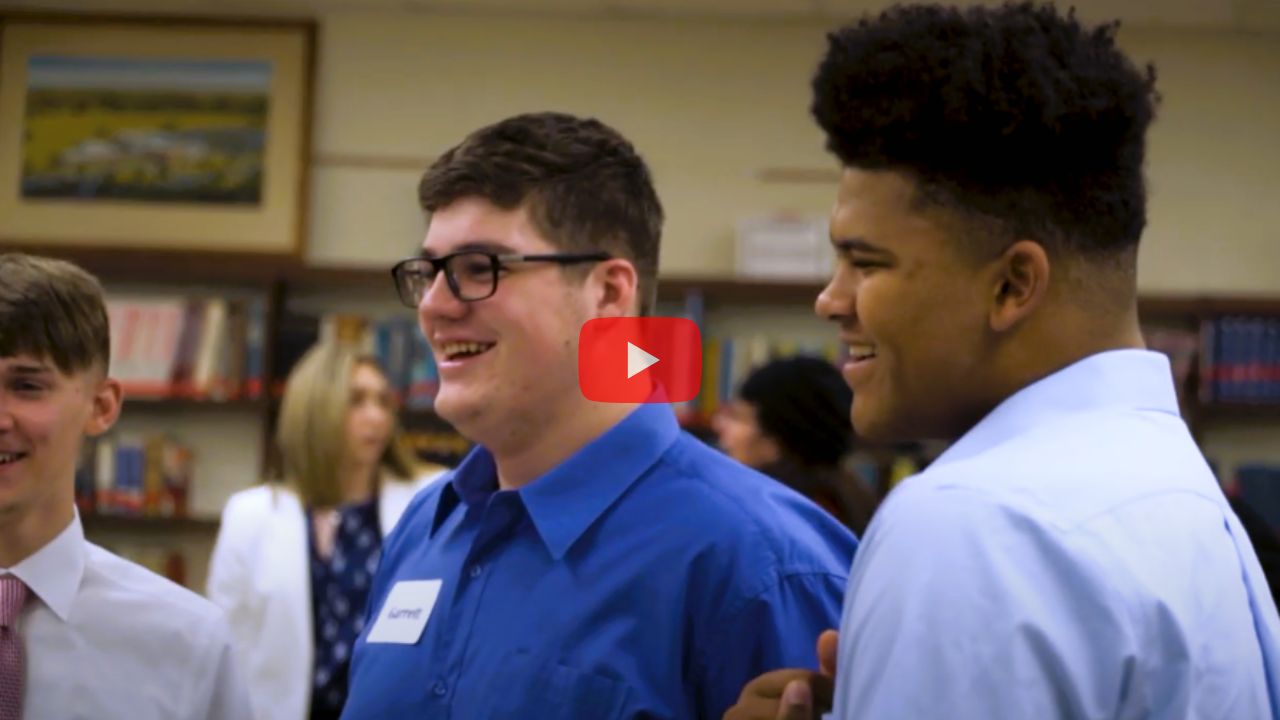

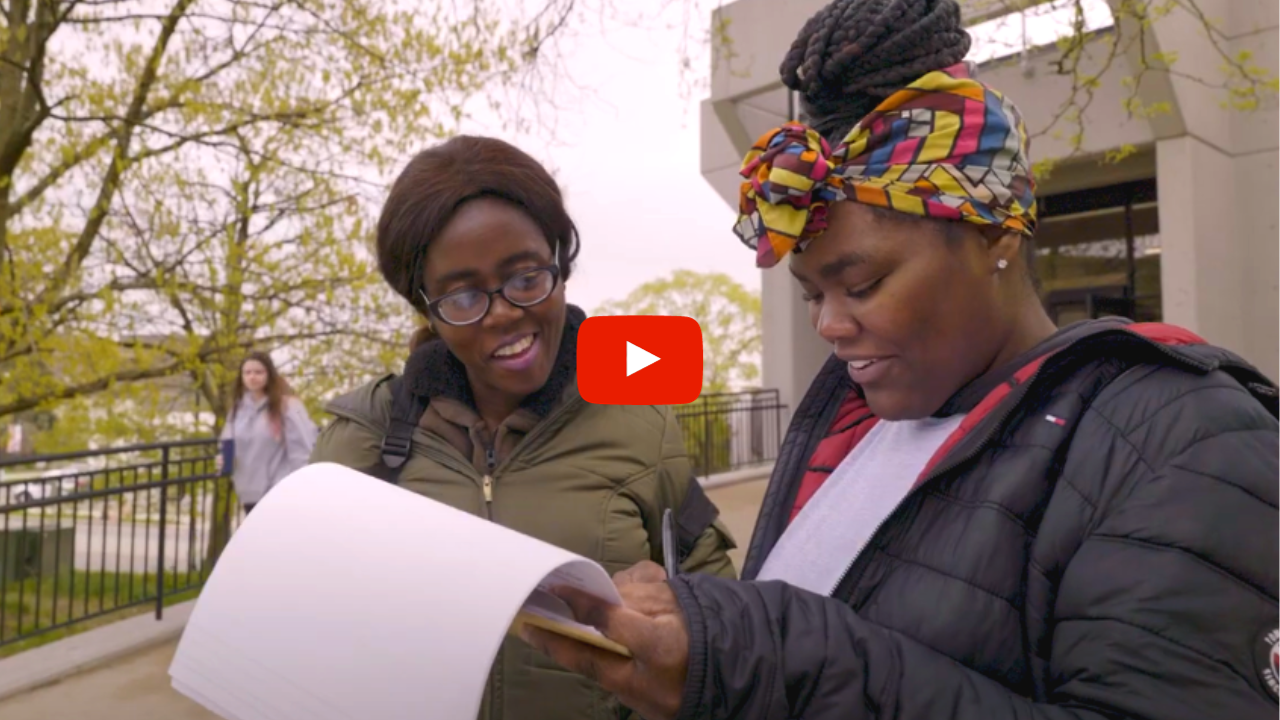
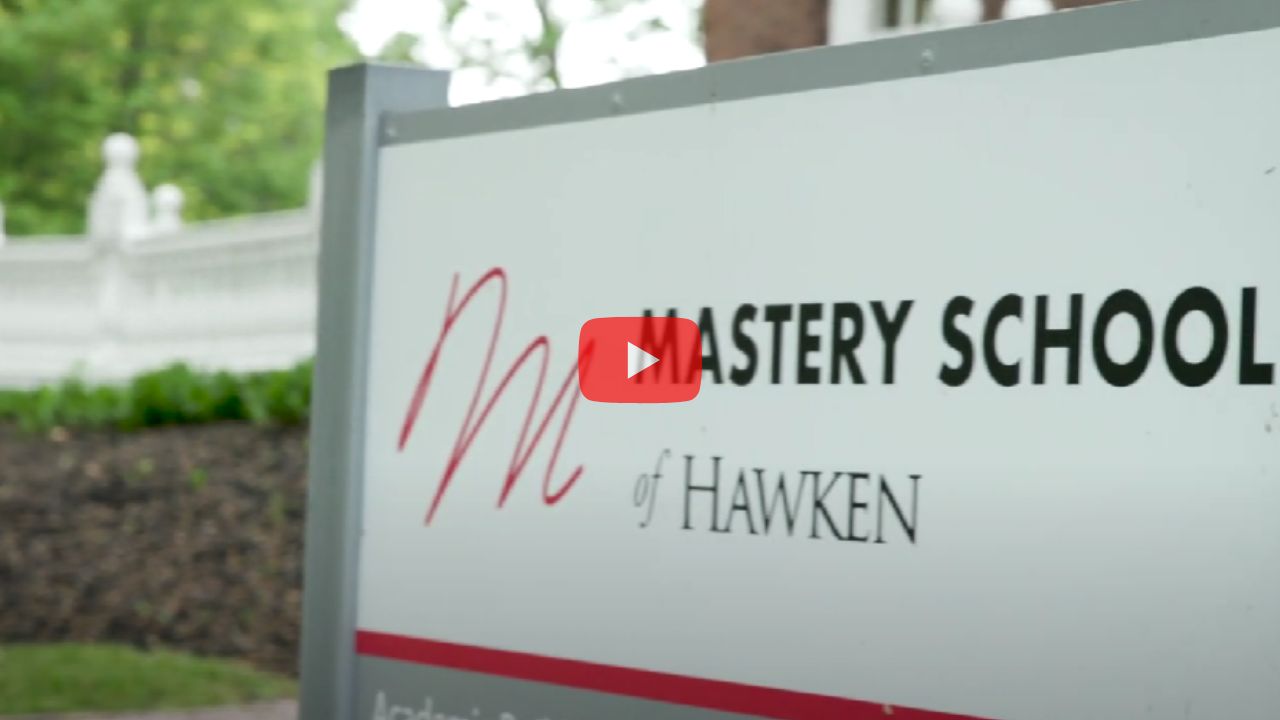
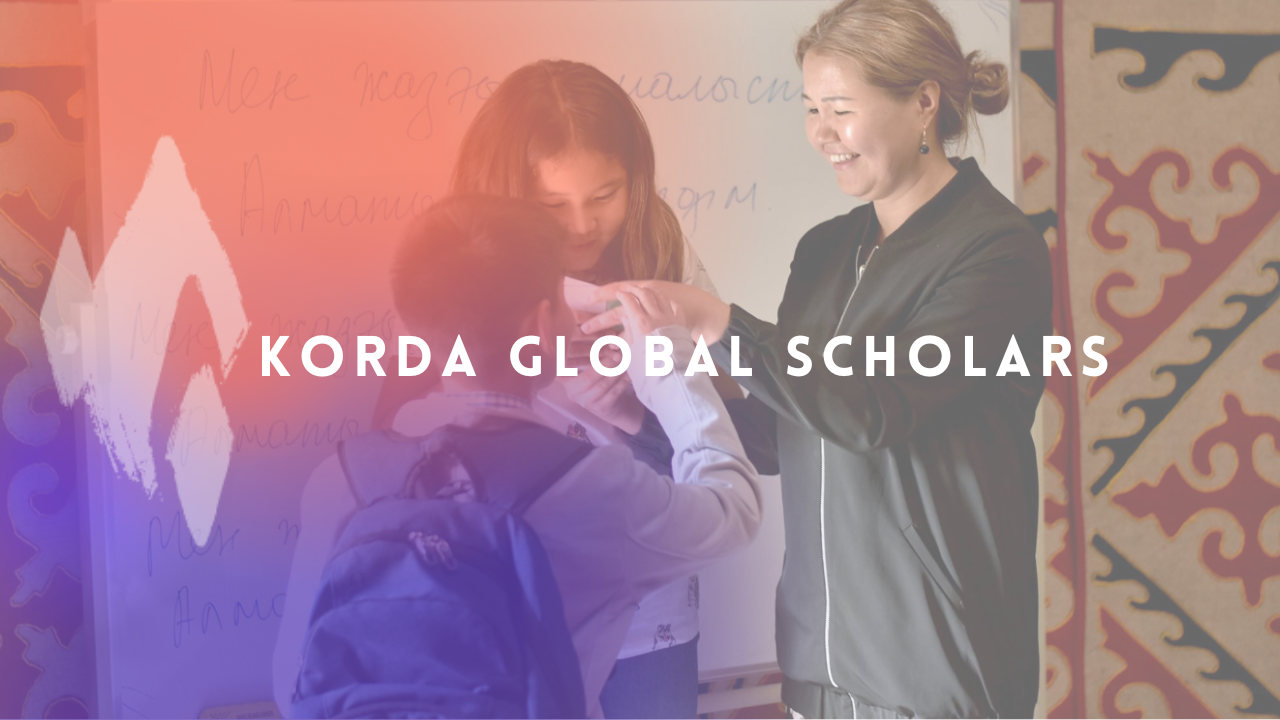
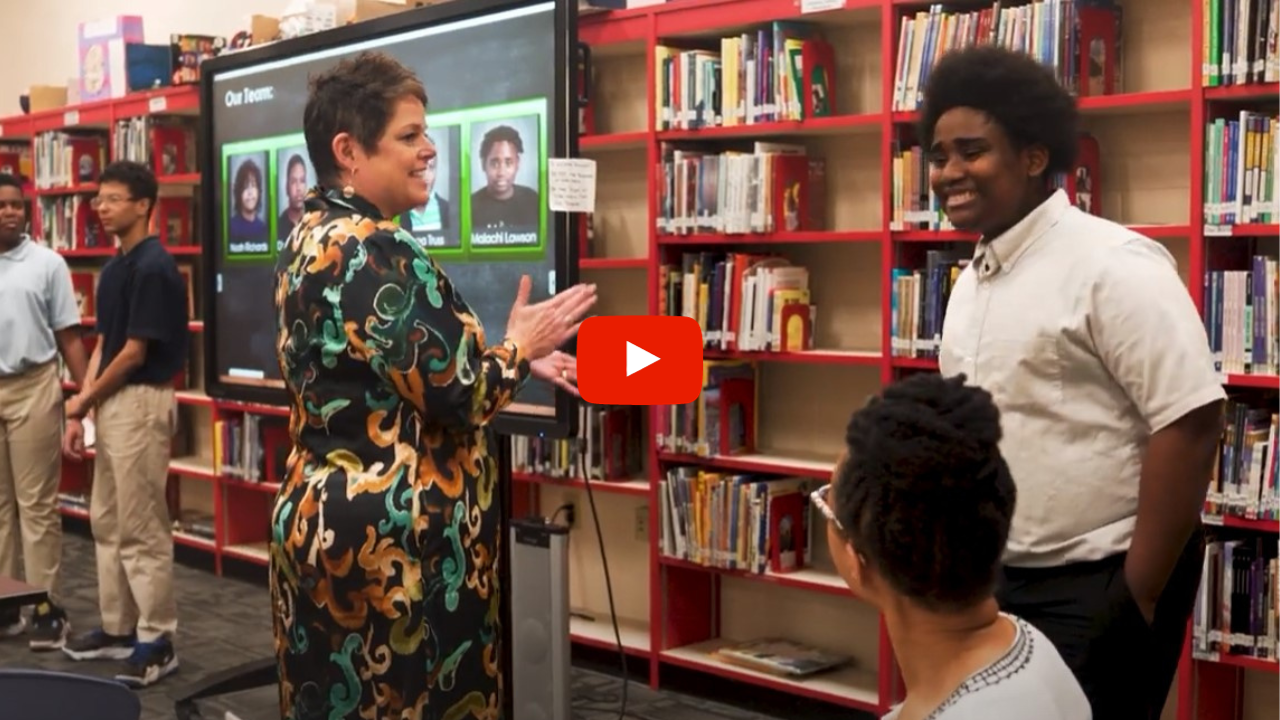
Very keen to know more about your ideas, approach n methods in education of students.
Hi
My name is Jackline, working with World Possible Tanzania. We are looking to transform learning through our digital library and training. I would love to learn your model in delivering training to teachers.
I have been impressed reading that and want to read more